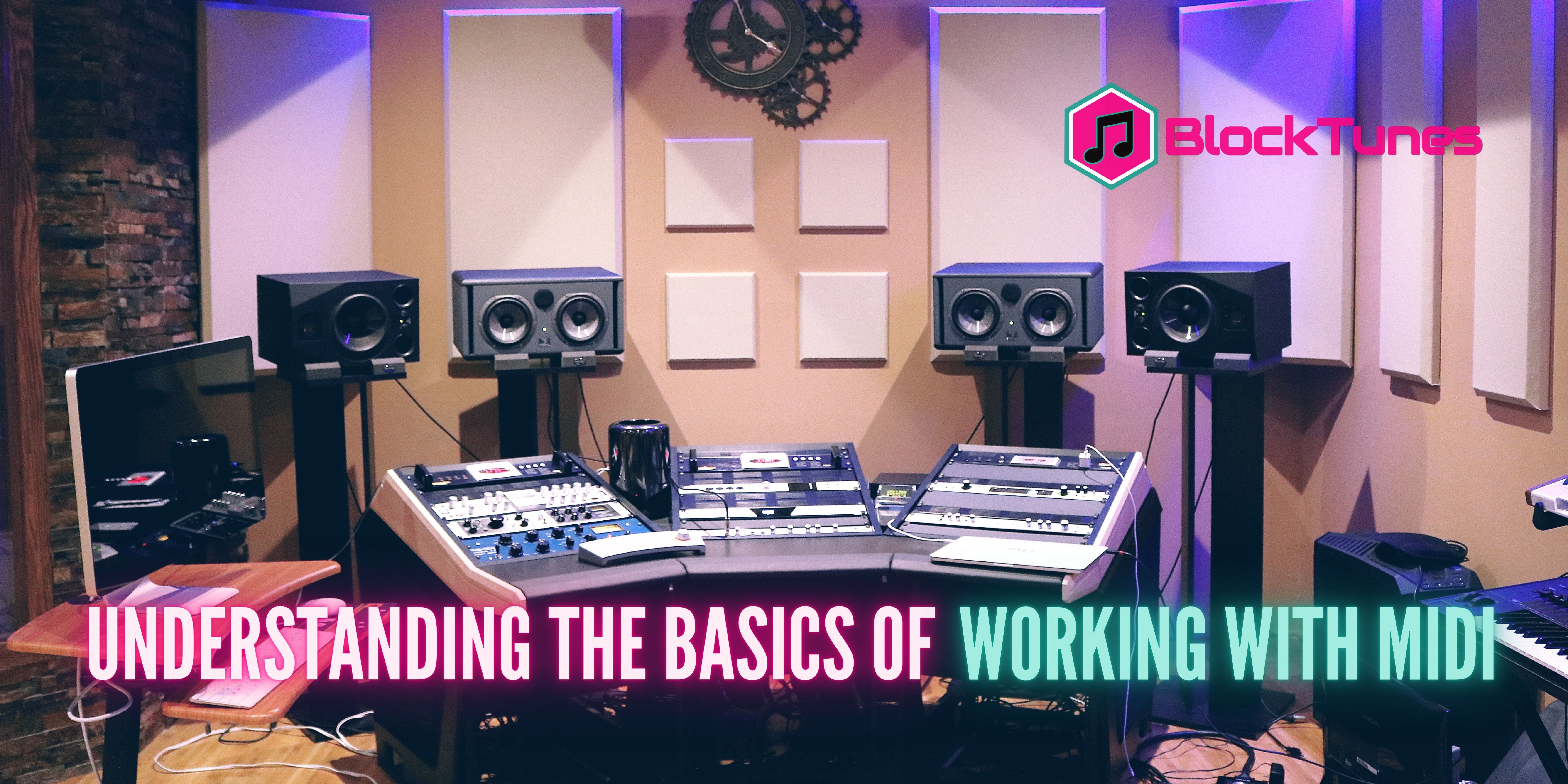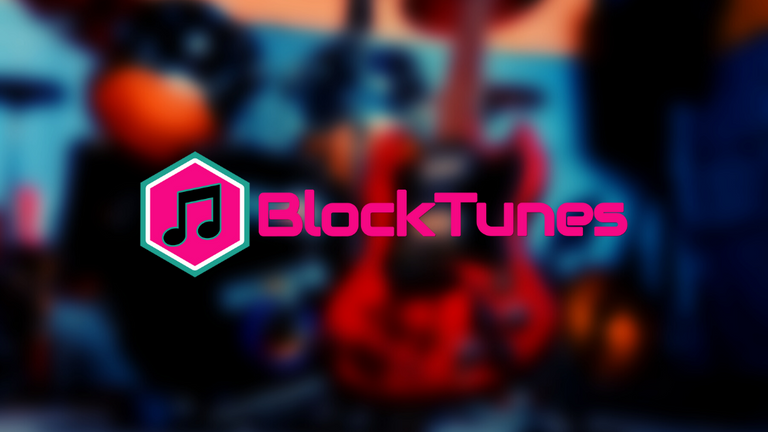
Are you new to the world of music production and looking to get started with MIDI programming and sequencing? If so, you're in the right place! In this article, we will take you through the basics of MIDI programming and sequencing and give you some tips and tricks to get started. It can seem extremely complicated, but once you get the hang of it, you will be setting up fully automated arrangements in no time!
What is MIDI?
MIDI (Musical Instrument Digital Interface) is a technology that was developed in the early 80s and has since become the standard protocol for communicating between digital musical instruments and computers. It allows you to control and manipulate sound in a variety of ways, making it a valuable tool for music production.
With MIDI, you can control multiple instruments, such as synthesizers, sound modules, and drum machines, using a single MIDI controller. This technology has revolutionized the way that musicians and producers create music, and it's now an essential component of many music production workflows.
With the use of computers, MIDI has become much more managable for beginning and experienced musicians. Many times, all you need is a controller that connects with a USB, and you are off to the races.
What is MIDI Programming?
MIDI programming is the process of creating and editing MIDI data. No, you don't have to be a code geek to get it. It's not that kind of programming. MIDI data can be used to control sound in a variety of ways, including controlling the pitch, velocity, and modulation of notes. MIDI programming can be done using software or hardware controllers, and the data can be recorded and played back in real-time.
MIDI programming can range from simple tasks, such as adjusting the velocity of individual notes, to complex operations, such as creating arpeggiated patterns or multi-track MIDI recordings. It's a powerful tool for music production that allows you to shape and mold the sound of your instruments in ways that were previously impossible.
With the new age of digital controllers, you can literally control every aspect of your production. This also allows producers to set up live performance controls that all they need is a single or a combination of controllers and a computer and they can transform into a literal one-man-band.
What is MIDI Sequencing?
MIDI sequencing is the process of arranging and recording MIDI data in a musical context. This involves creating beats, chord progressions, and melody lines and arranging them in a way that creates a cohesive musical composition. MIDI sequencing can be done using software or hardware sequencers, and the data can be played back in real-time or exported for use in other music production software.
MIDI sequencing is an essential part of the music production process, and it allows you to bring your MIDI data to life by creating musical compositions that can be played back and recorded. With MIDI sequencing, you can experiment with different musical styles and arrangements, and you can also add effects and processing to your MIDI data to create even more interesting and unique sounds.
Let's Talk MIDI Controllers
In this post we gave you an introduction to MIDI controllers and picking the right one for you and your production style and software.
There are a variety of software options available for MIDI programming and sequencing, ranging from free and open-source software to high-end commercial products. Some popular options include Ableton Live, FL Studio, Cubase, and Logic Pro X.
Each MIDI software program has its own unique features and capabilities, and it's important to choose the right one for your needs. Some programs are geared towards live performance, while others are designed for the studio environment. When selecting a MIDI software program, it's important to consider your specific needs and requirements and choose a program that meets those needs.
Setting Up Your Controller
The first step to getting started with MIDI programming and sequencing is to set up your MIDI controller. This typically involves connecting your controller to your computer using a USB cable, and then installing any necessary drivers or software.
Once your controller is set up, you'll need to configure it in your MIDI software program. This may involve setting up different MIDI channels for different instruments or setting up the controller to control specific parameters.
It's important to take the time to familiarize yourself with your controller and software and to experiment with different settings to find the configuration that works best for you.
MIDI Programming Tips and Tricks
Here are some tips and tricks to help you get started with MIDI programming:
Start simple: When you're first starting out, try to focus on creating simple MIDI data and then building from there. This will help you get a feel for the MIDI programming process and develop your skills over time. You have to crawl before you can walk, so get started with programming something simple, like volume sliders or even the transport buttons like play, pause, stop, and record.
Experiment: Don't be afraid to experiment with different MIDI data and try out new ideas. The more you experiment, the more you'll learn about what MIDI programming can do and the more you'll be able to create interesting and unique sounds.
Use templates: Many MIDI software programs come with templates and pre-made MIDI data that you can use as a starting point for your own projects. These templates can be a great way to get started and to learn about different MIDI programming techniques. Another useful resource with many DAWs, often the most overlooked is the Help menu, especially in the case of GarageBand and Logic Pro X.
Practice: As with anything, practice makes perfect. The more you practice MIDI programming, the better you'll become and the more you'll be able to create complex and interesting MIDI data. Once you get the gist of it and know how to program your setup, you will be able to do it again and again with ease.
Wrapping It Up
MIDI programming and sequencing can seem overwhelming at first, but with a little practice and patience, you'll be creating and arranging MIDI data in no time. Whether you're a beginner or an experienced musician, MIDI is a valuable tool for music production and will open up new avenues for creativity and expression.
So, don't be afraid to dive in and start experimenting with your MIDI controller and software. The possibilities are endless, and the more you play around with MIDI, the more you'll discover about its capabilities.
If you have any questions or would like more information on MIDI programming and sequencing, don't hesitate to reach out. I'm always here to help and support you in your musical journey.
Join The Independent Music Revolution
NFT MARKETPLACES | WEB 3 MUSIC SOCIAL MEDIA | WORLDWIDE MUSIC DISTRIBUTION
BUILT USING THE HIVE AND POLYGON BLOCKCHAINS
Follow Our Curation Trail
Follow our curation trail on Hive.vote and rack up some rewards when we vote on awesome music content on the Hive blockchain! If you have some $MUSIC tokens staked in your Hive Engine wallet, then you will participate in the distribution of our awesome community token and earn more that you can use to buy $MUSIC NFTs!
Delegate HP and Earn $MUSIC
Delegate Hive Power to either @blocktunes or the @blocktunesdao and earn 0.05 MUSIC tokens for every 1 Hive Power delegated, plus receive tiered automatic votes and a follow from the @blocktunes account!
Vote our Hive Engine Witness with WORKERBEE
Support by voting for the @blocktunesdao Hive-Engine Witness with WORKERBEE stake at Tribaldex

Posted using BlockTunes




